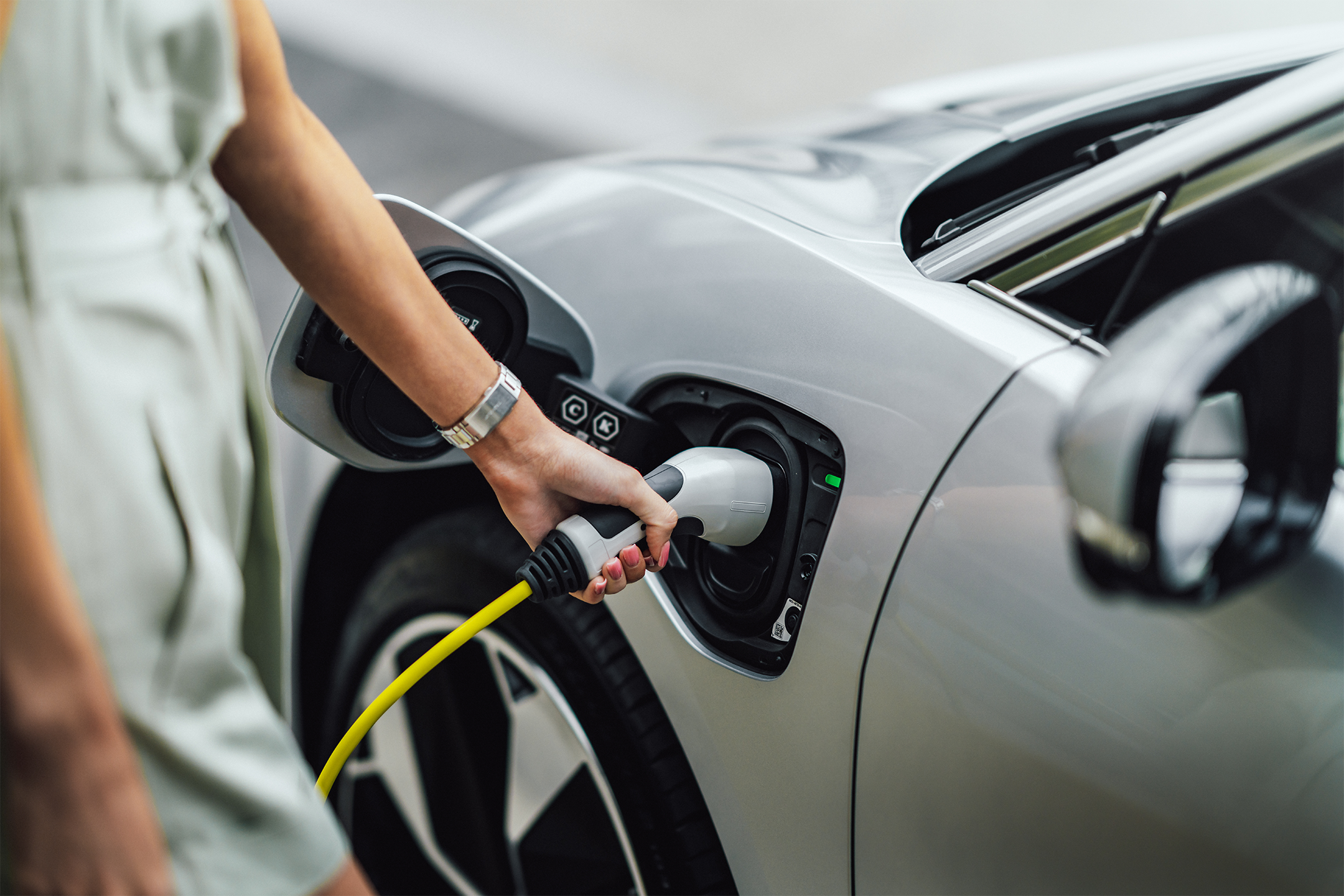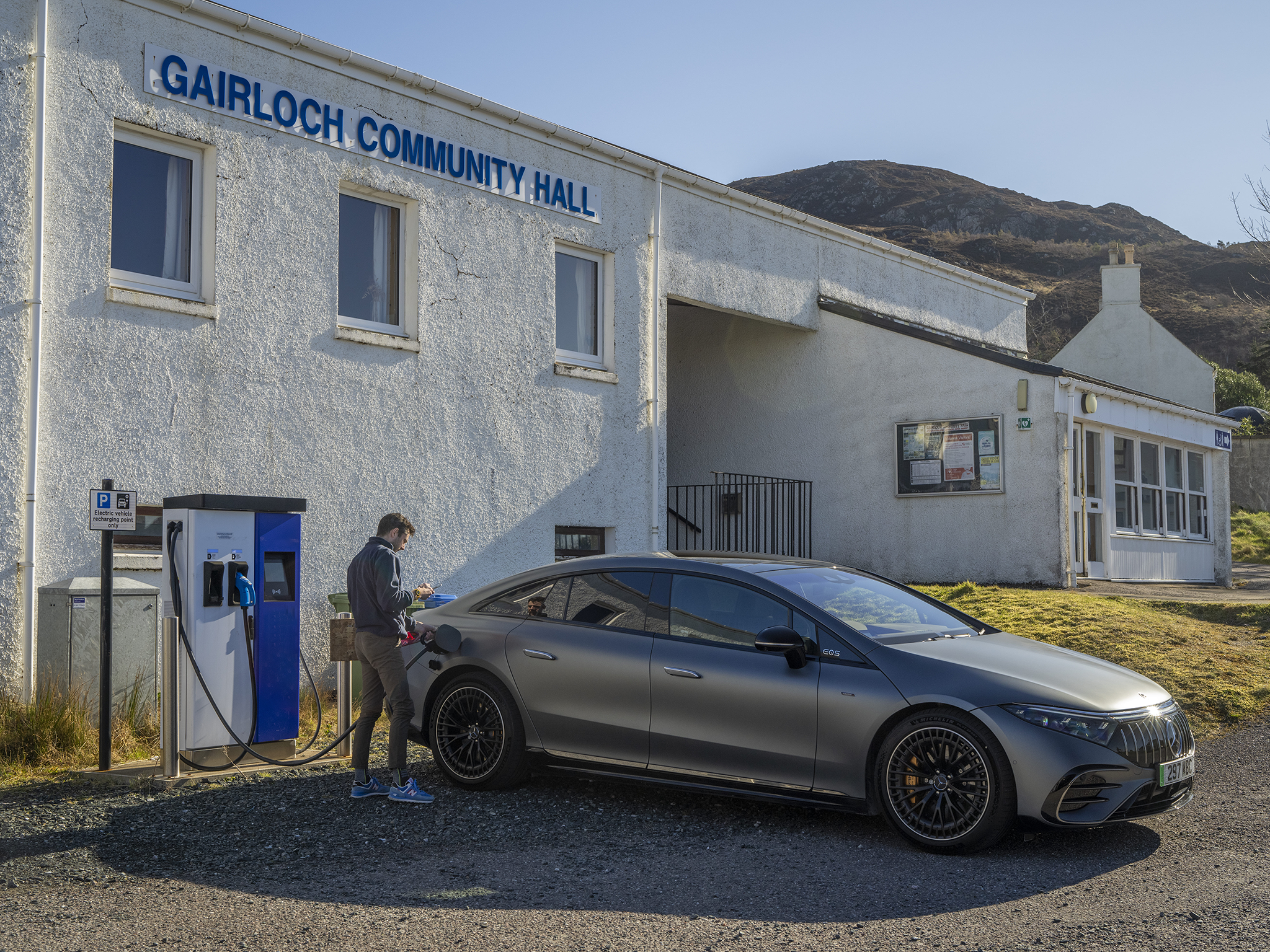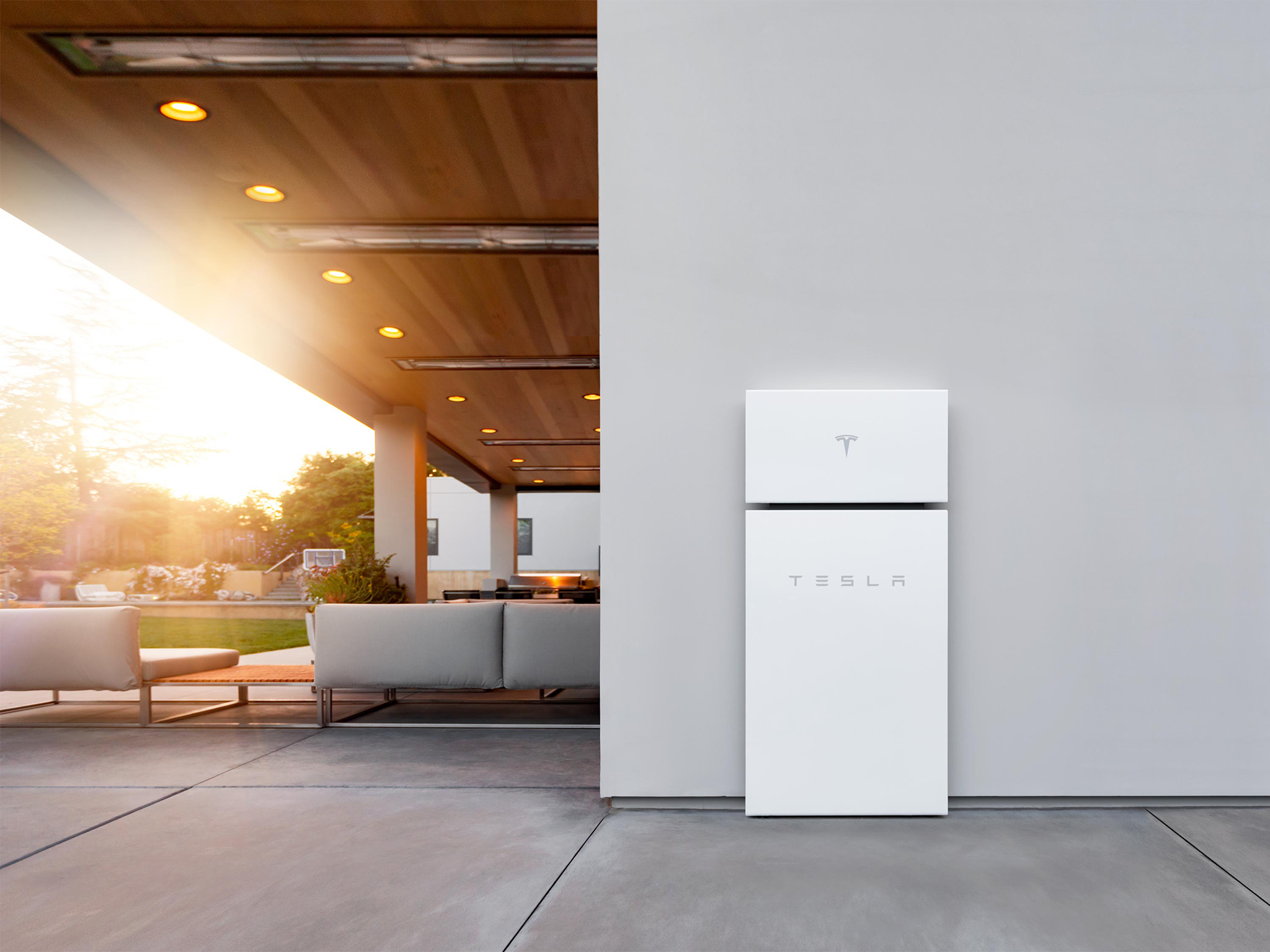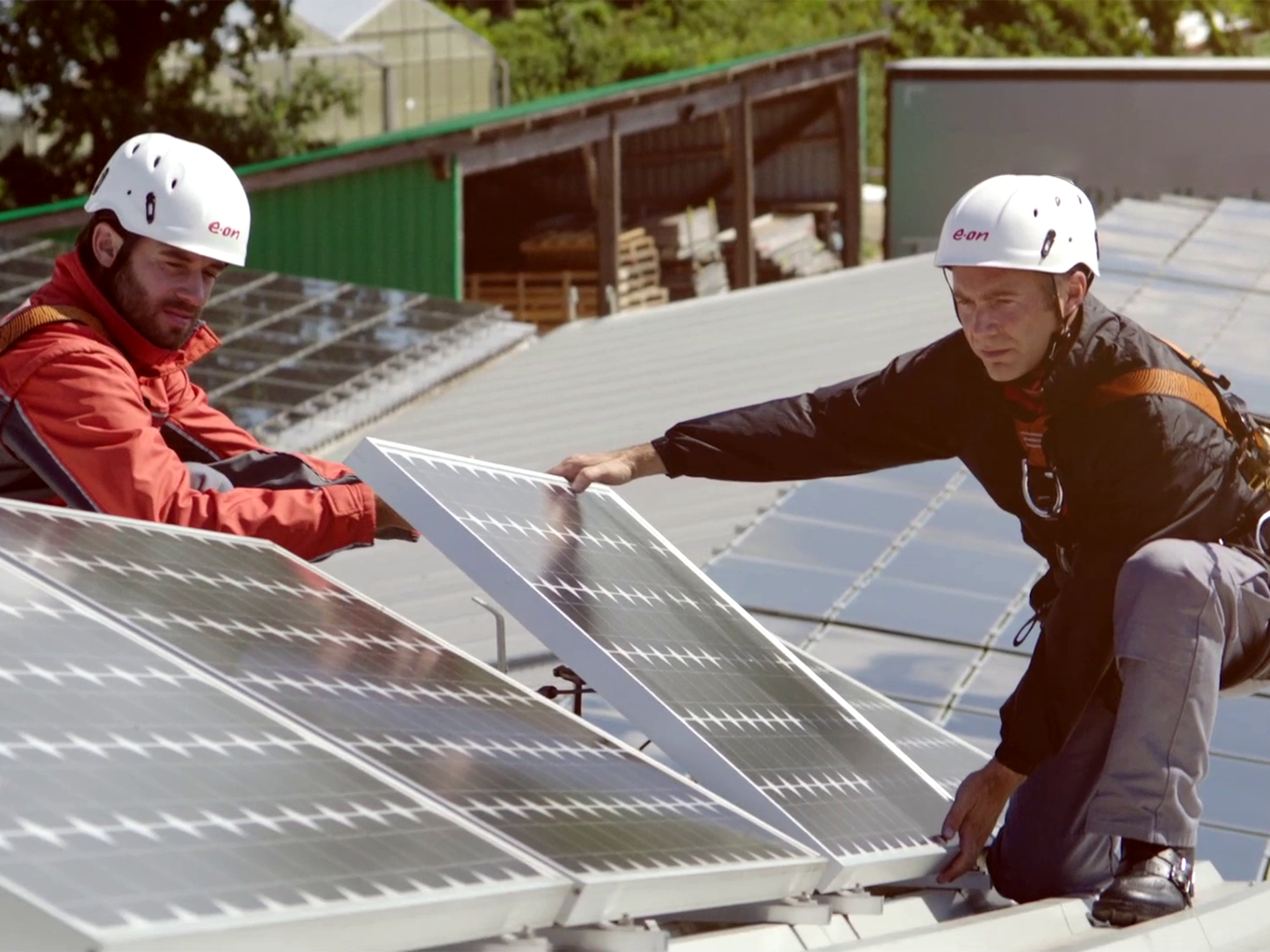The future of home electric car charging – and how your EV could soon be powering your washing machine
From switching to an EV to taking a holistic approach to your home energy setup, Steve Fowler explores the options to transform your electricity usage and lower your bills


The Independent's Electric Vehicles Channel is sponsored by E.ON Next.
The rapid adoption of electric vehicles is not only reshaping how we drive, but how we think about our home energy usage. With the UK government’s commitment to reaching net zero by 2050, phasing out petrol and diesel cars by 2030 and transitioning to electric vehicles plays a big role in the overall goal.
But the shift to electric mobility presents an opportunity that extends beyond the vehicles themselves. It offers a pathway to a more sustainable and energy-efficient lifestyle, driven by smart energy solutions, solar panels, home battery storage, heat pumps and vehicle-to-grid (V2G) technology.
For electric car owners, the journey towards sustainability often begins with the purchase of their first electric vehicle. Once they’ve gone electric with their car and seen the savings that can be made, thoughts inevitably turn to how they can make further savings and become more sustainable across all their energy usage.
Many EV owners are now looking to integrate their vehicles into a broader ecosystem of home energy management, aiming to reduce their carbon footprint, lower energy bills, and contribute to a more resilient energy grid. So, how can technologies like solar panels, home battery storage, heat pumps, and V2G transform the way we power our homes and vehicles?
Smart energy solutions play a massive part, and they’re at the heart of the modern home charging setup. With the ability to monitor and manage energy use in real-time, smart meters and home energy management systems enable homeowners to optimise their energy consumption, ensuring they charge their EVs at times when electricity is cheapest and greenest.
E.ON Next, for example, offers smart tariffs that allow customers to benefit from lower energy rates during off-peak hours. By using these tariffs alongside a smart EV charger, homeowners can automatically charge their vehicles when electricity demand is low, reducing their energy costs and easing the strain on the national grid.
On E.ON Next’s Drive tariff, owners can charge overnight between 12am and 7am at just 6.9p per kWh – around a quarter of the standard price of electricity during the day. A charge of around 50kWh in an EV would cost just £3.45 – an average electric could travel around 160 miles for that amount of money. In a petrol car that would cost around £25.
Another significant step an EV owner can take towards energy independence is to install solar panels. By generating their own electricity, homeowners can significantly reduce their reliance on grid power and cut their carbon emissions. Solar panels are particularly effective when paired with an electric vehicle, as the energy generated during the day can be used to charge the car, especially if the vehicle is plugged in while the sun is shining.

With the right setup it’s possible to generate enough electricity to cover both household needs and EV charging, greatly enhancing the sustainability of a home. Surplus energy can even be fed back into the grid, potentially earning the homeowner a small income through the Smart Export Guarantee (SEG).
While solar panels are a powerful tool for generating renewable energy, they are most effective when combined with home battery storage. A battery system allows homeowners to store excess solar energy generated during the day and use it later to charge an EV overnight or to power the home during the evening when there’s no sunshine and solar generation stops. Batteries not only maximise the use of self-generated, renewable energy but also provide a buffer against electricity price fluctuations and grid outages.
One of the most well-known home battery solutions is Tesla’s powerwall, but there are various other options available which can be tailored to suit different energy needs and budgets. By storing solar energy and using it when it’s most needed, homeowners can significantly reduce their reliance on the grid, cut their energy costs, and further lower their carbon footprint.
With the right setup it’s possible to generate enough electricity to cover both household needs and EV charging
The next logical step in creating a fully integrated and sustainable home energy system is the adoption of heat pumps. These devices, which can be used for both heating and cooling, are far more energy-efficient than traditional gas boilers. When powered by electricity – especially electricity generated from solar panels – heat pumps offer a low-carbon solution for home heating.
For EV owners, this presents an exciting opportunity to align all aspects of their energy use towards a greener future. By using the same renewable energy source for both their vehicle and their home heating, they can achieve a level of energy efficiency and sustainability that was previously unattainable.
Perhaps the most exciting development in the intersection of EVs and home energy systems is Vehicle-to-Grid (V2G) technology. V2G allows electric vehicles to not only draw power from the grid but also to supply power back, either to your home or to the grid. This transforms an electric car from a mere mode of transport into a mobile energy storage unit that can help balance power needs during peak demand times.

For example, if an EV is fully charged but not in use, V2G technology can allow it to discharge some of its stored energy back into the home or back to the grid. Then, during times of low demand and low energy prices, the vehicle can be recharged ready to be used again.
E.ON Next is already exploring V2G solutions as part of its commitment to innovative energy solutions. By integrating V2G with other smart energy technologies, homeowners can not only optimise their energy usage but also contribute to a more sustainable and resilient energy system.
Green energy expert Andy Sage from E.ON Next, explained why a home battery storage system doesn’t have to be stuck on the side of your house – it could actually be your car.
Imagine you’ve got a whole housing estate with cars plugged in. Suddenly, you’ve got a megawatt’s worth of storage and you haven’t had to build anything extra
“If you’ve got your EV plugged in, that can effectively become your battery,” said Sage. “If you think about most home systems, you only need five or six kilowatts. A car battery is anything between 65 and over 100 kWh, which is huge.
“Imagine you’ve got a whole housing estate with cars plugged in. Suddenly, you’ve got a megawatt’s worth of storage and you haven’t had to build anything extra. It gives you a sense of where the storage value of vehicle-to-home and vehicle-to-grid comes in.”
While the benefits of integrating smart energy, solar panels, battery storage, heat pumps, and V2G are clear, there are also challenges to consider. The initial cost of installing these systems can be prohibitive for some homeowners, even though these technologies offer long-term savings. Additionally, the widespread adoption of V2G technology is still in its infancy, with regulatory, technical, and infrastructure hurdles to overcome.

Managing a complex home energy system also requires a level of understanding and engagement that may be daunting for some consumers. Things like smartphone apps can help make that easier, and energy suppliers are working to put more tools into customers’ hands. As Andy Sage explained, “it’s on us to work that out”.
The transition to electric vehicles presents a unique opportunity to rethink how we generate, store, and use energy in our homes. By adopting smart energy solutions, installing solar panels, investing in battery storage and exploring the potential of V2G technology, EV owners can take significant strides towards a more sustainable and more affordable future.



Join our commenting forum
Join thought-provoking conversations, follow other Independent readers and see their replies
Comments